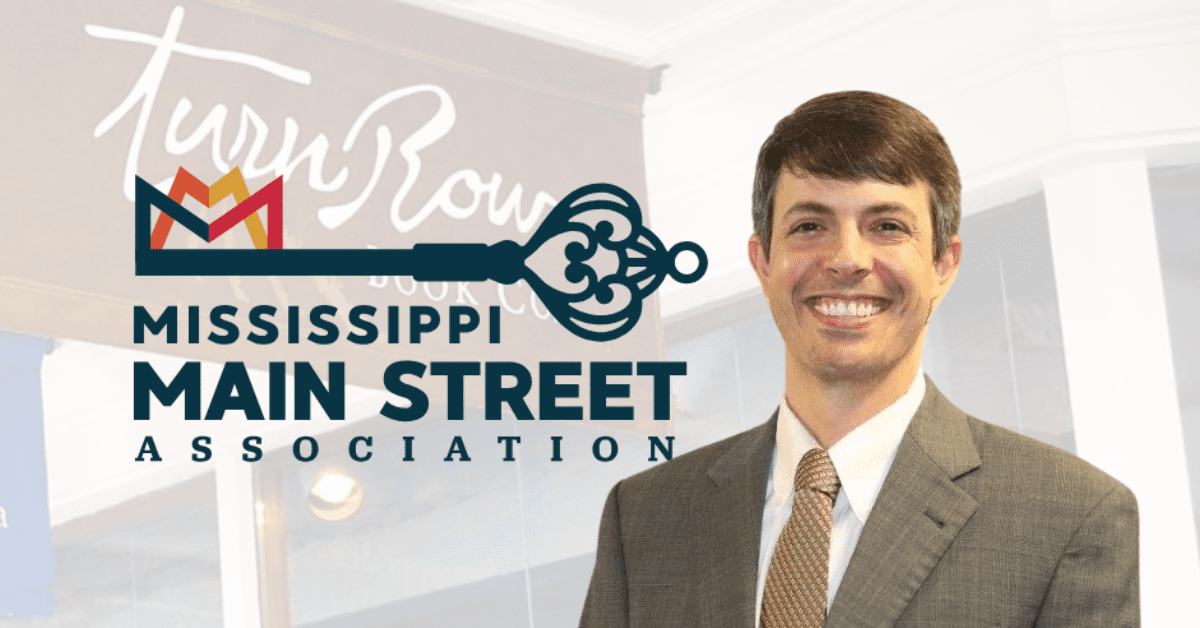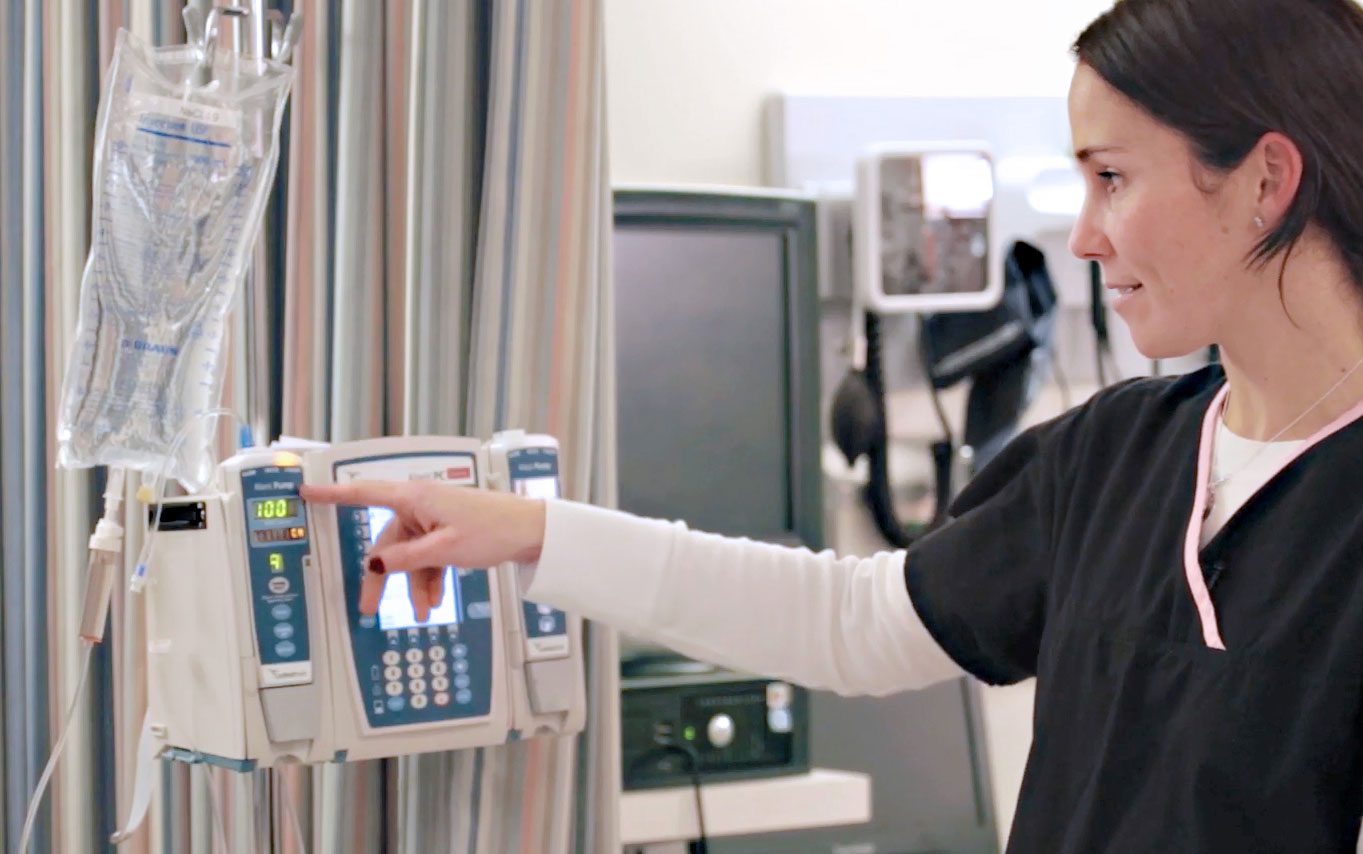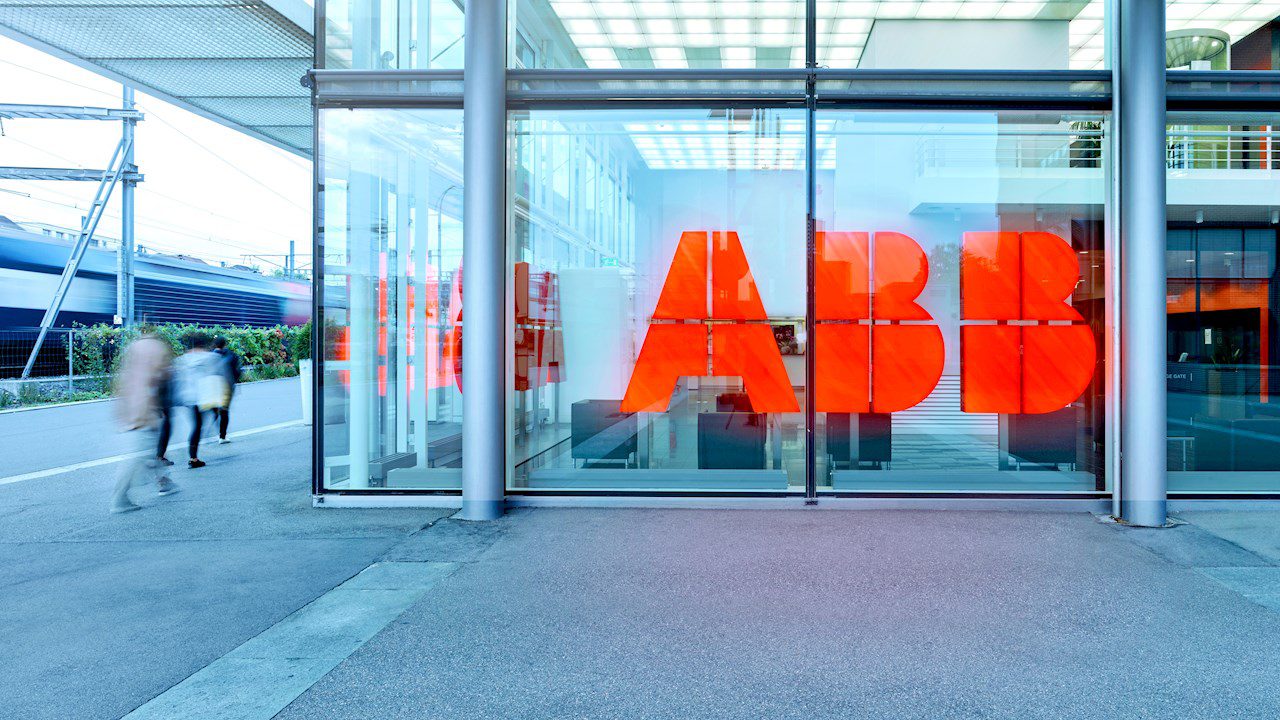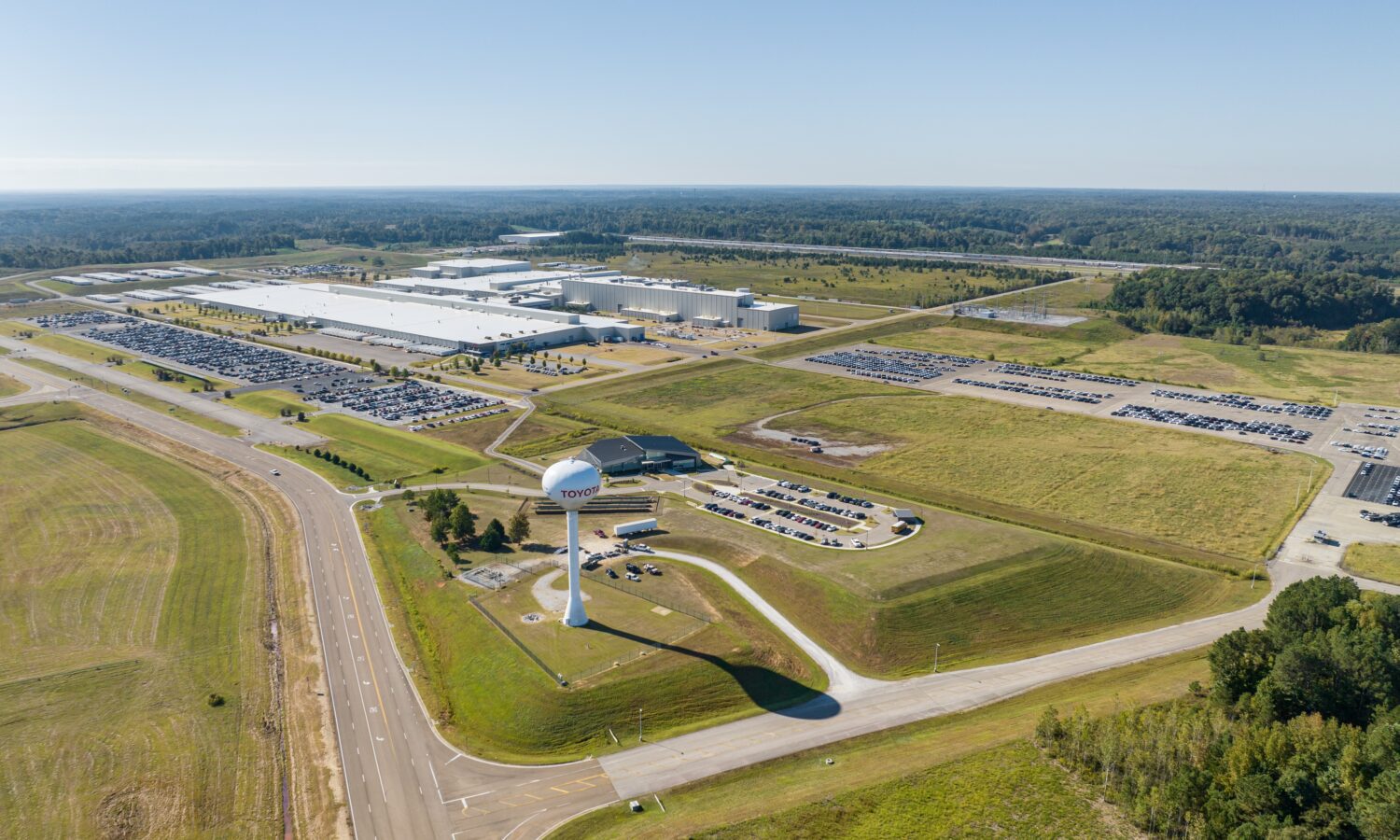
- Mississippi Main Street rolls out five-year community development strategy.
After listening to the needs of local Main Street directors, the Mississippi Main Street Association (MMSA) recently unveiled a five-year community development grant strategy to make available more than $100,000 in community development funds to provide long-requested services to Designated communities.
The “Mississippi Main Street Community Connected Character Program” will deliver planning and marketing services, such as branding campaigns, economic impact pieces, and community marketing videos, to Designated Main Street communities through 2030.
“All these pieces help strengthen and elevate the work of our local Main Street programs,” said Jim Miller, MMSA executive director. “Much of their efforts are often behind the scenes and not always visible, and these will be tools to further engage and advocate for supporting the work of Main Street.”
MMSA has 48 Designated Main Street communities, representing the most prestigious tier of membership. They pay higher annual dues than 38 associate members and five network communities, and meet rigorous requirements set annually from MMSA and Main Street America.
The value of the new program is $6,617 per community. With each participating community pledging $1,000 toward the program, the per community value is $5,617.
Specifically, the toolkit will include place-driven branding for the downtown district; targeted, community-specific economic impact pieces for increased public stakeholder engagement and support; and community spotlight videos between 90 seconds and two minutes in length, focusing on Main Street’s historic, cultural, and interpretive assets.
For the second component of the strategy, MMSA is in the process of seeking grant funding for Downtown Roadmap Refreshes, for Designated communities that haven’t had a Downtown Roadmap in recent years.
“When we designate a new Main Street program, the organization receives a Downtown Roadmap within its first year,” explained Miller. “The Roadmap serves to guide the new organization with planning and design recommendations along the Main Street Four Point Approach: organization, promotion, design, and economic vitality.”
Main Street communities that are 20, 30, even 40 years old need a Roadmap Refresh, Miller said.
The Roadmap Refresh consists of a team of design and planning professionals being onsite in a community for three days, meeting with stakeholders, assessing older plans, and authoring a new report and implementation guideline, pointed out MMSA spokesperson Jeannie Waller Zieran, a Main Street America Revitalization Professional (MSARP).
“In past years, we’ve allowed Designated Main Street programs to apply for smaller Community Development Grants,” she said. “The maximum grant amount was $2,500, and grant recipients would provide a cash match at least equal to the amount of the grant funds requested and received, with a maximum of $2,500.”
These grants go toward extra expenses, such as downtown murals, wayfinding signage, downtown lighting projects, landscaping, and streetscape amenities like banners and flowers, alleyway improvements, and other revitalization projects.
“Local Main Street directors stay so busy in the daily grind of managing their downtowns and hosting events and responding to requests from local merchants … they often struggle to tell their stories and communicate their value to stakeholders,” said Zieran. “The average resident or visitor doesn’t consider who’s powering the quality-of-life events, programs, and services in the downtown area. Therefore, a big part of our Community Development funds this year focuses on communicating the value of Main Street programs.”
The Downtown Roadmap Refreshes will be scheduled based on priority of need and the length of time since a local program’s first Roadmap. Each Roadmap will be valued at $25,000 to $35,000, with the local program committing a small community match based on the availability of grant funding for the project, explained Zieran.
“We have a few pending grant applications right now,” she said, “and most likely this phase of the strategy will begin in 2026 and go through 2030.”











